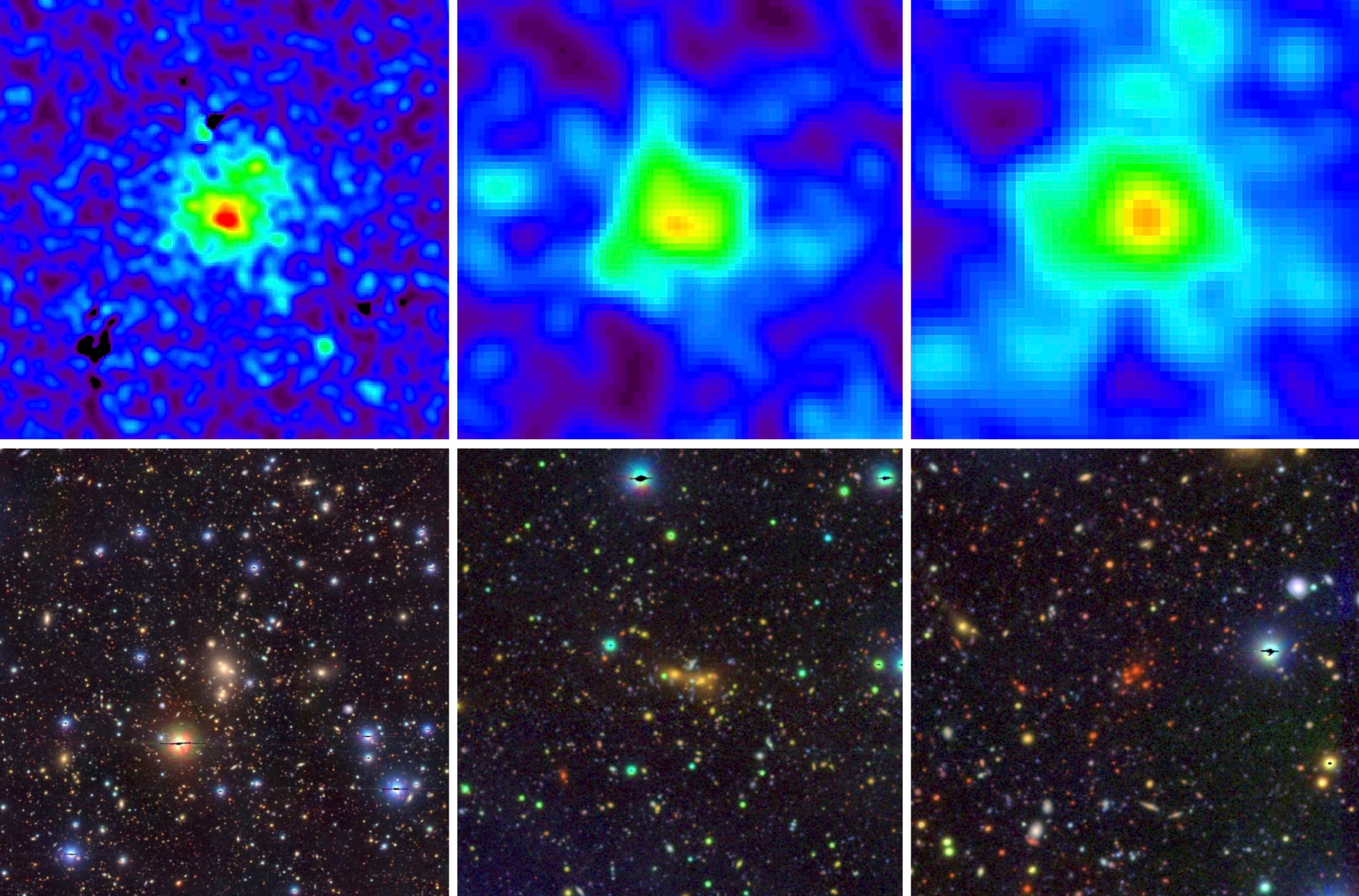2023-03-29 リンショーピング大学
An electron microscope image of a MAX-phase. ARWEN
◆この結果は、将来の持続可能なエネルギー生産、エネルギー貯蔵、エレクトロニクス用の新しい材料の道を開くものである。この技術により、MXeneと呼ばれる二次元材料をカスタマイズし、新しい材料を開発することができるようになる。
◆MXeneは、電気的および熱的伝導性が優れているため、バッテリーや超電池、空気および水の浄化フィルターや次世代通信用のアンテナなど、技術的応用に使用できる。
<関連情報>
- https://liu.se/en/news-item/vassad-kemisk-sax-banar-vag-for-skraddarsydda-nanomaterial
- https://www.science.org/doi/10.1126/science.add5901
化学的はさみを用いた層状遷移金属炭化物の構造編集に成功 Chemical scissor–mediated structural editing of layered transition metal carbides
Haoming Ding,Youbing Li,Mian Li,Ke Chen,Kun Liang,Guoxin Chen,Jun Lu ,Justinas Palisaitis,Per O. Å. Persson,Per Eklund,Lars Hultman,Shiyu Du,Zhifang Chai,Yury Gogotsi and Qing Huang
Science Published:16 Mar 2023
DOI:https://doi.org/10.1126/science.add5901
Editing tools for layered materials
Layered metal carbides and nitrides, broadly known as MXene materials, are largely derived by the etching of the A component from Mn+1AXn (MAX) ternary layered compounds. Ding et al. developed a method to chemically alter the MAX phases through a series of topotactic transformations that enable gap opening and atom species interchange. This broadens the family of MAX materials to enable the inclusion of unconventional elements, and these in turn can be used to make additional MXene materials. —MSL
Abstract
Intercalated layered materials offer distinctive properties and serve as precursors for important two-dimensional (2D) materials. However, intercalation of non–van der Waals structures, which can expand the family of 2D materials, is difficult. We report a structural editing protocol for layered carbides (MAX phases) and their 2D derivatives (MXenes). Gap-opening and species-intercalating stages were respectively mediated by chemical scissors and intercalants, which created a large family of MAX phases with unconventional elements and structures, as well as MXenes with versatile terminals. The removal of terminals in MXenes with metal scissors and then the stitching of 2D carbide nanosheets with atom intercalation leads to the reconstruction of MAX phases and a family of metal-intercalated 2D carbides, both of which may drive advances in fields ranging from energy to printed electronics.



